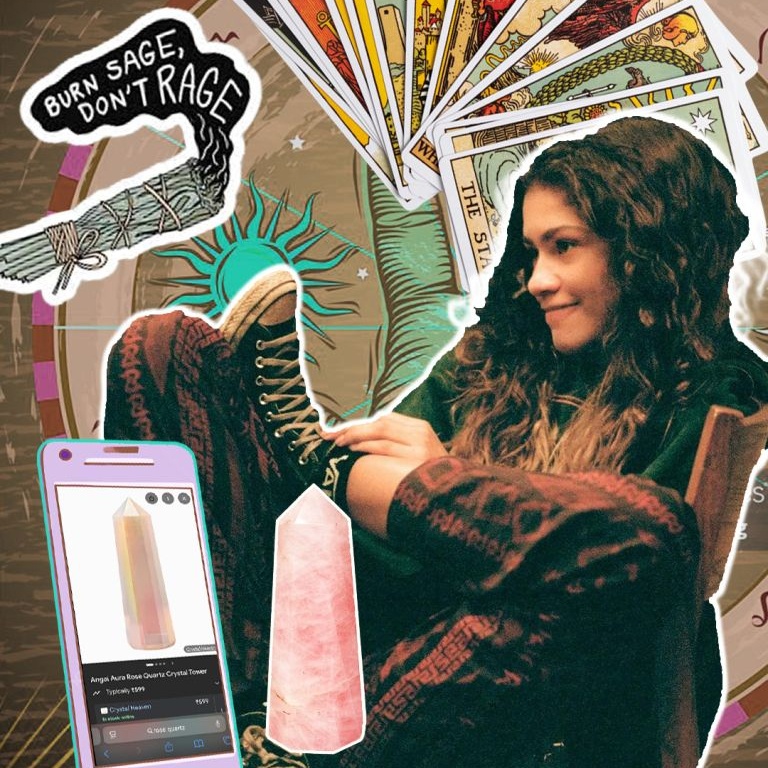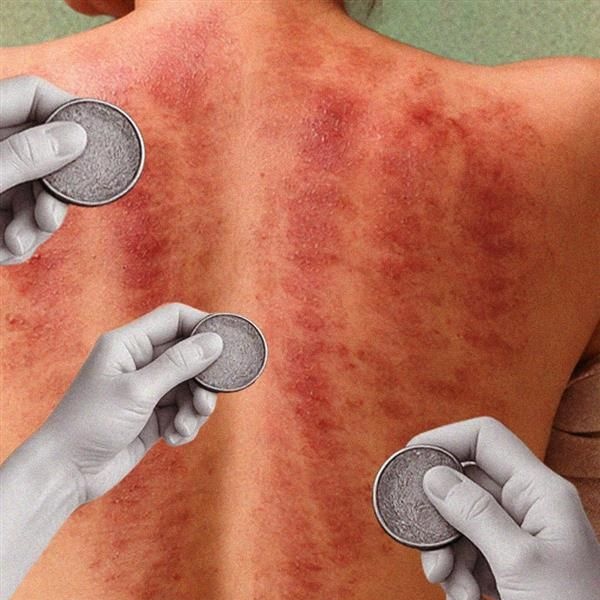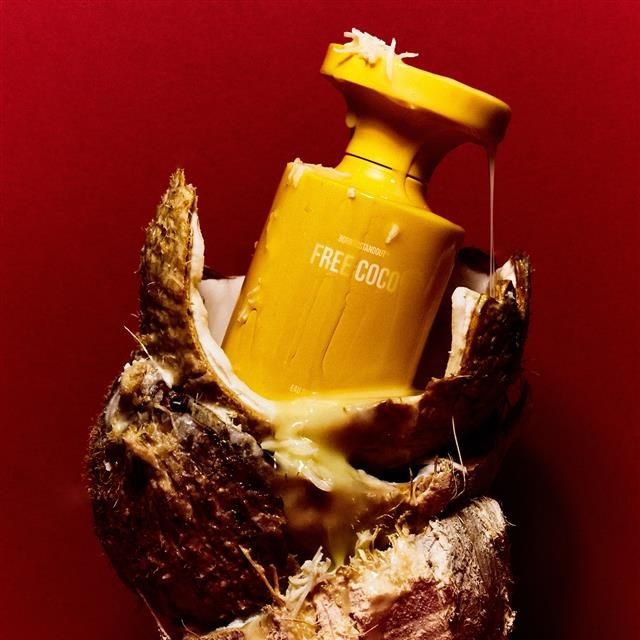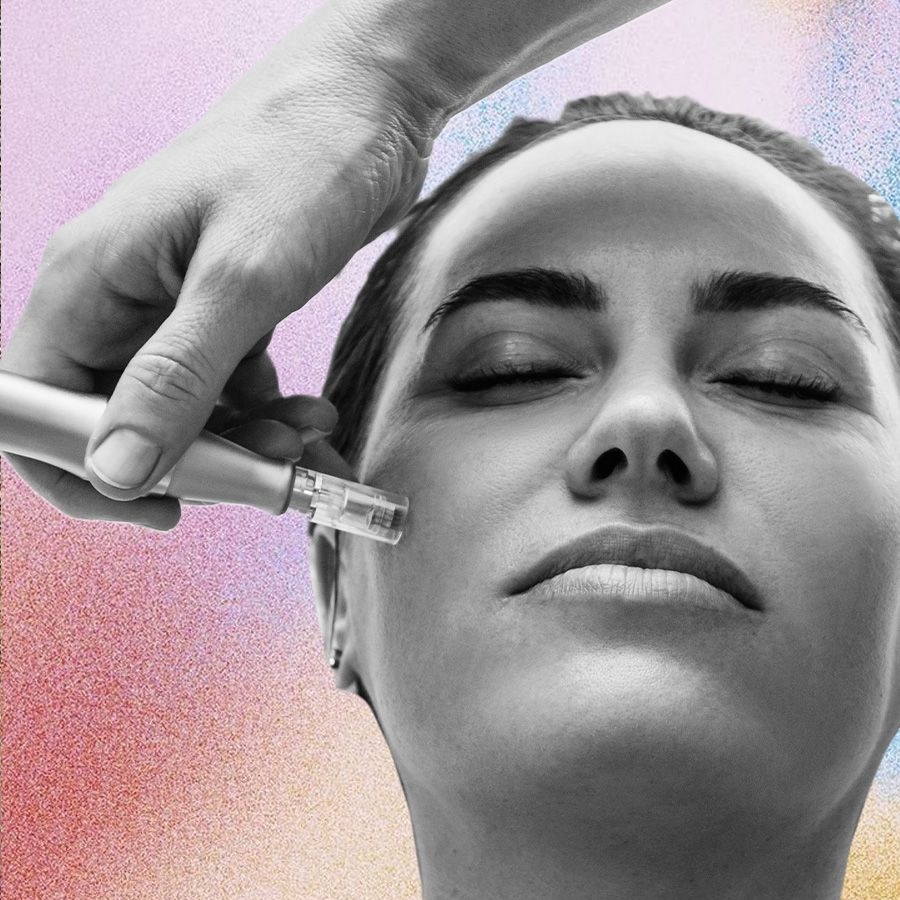The social aspect is something even the health centres and gyms are taking note of. Vaibhav Pawaskar, founding executive at Mumbai’s Reset, a new-age gym and holistic fitness centre that is frequented by celebrities like Ranveer Singh and Soha Ali Khan, says, “It wasn’t so popular when we started it six years ago. But people now love it and are challenging their friends and workout buddies.” The space has a sleek, custom-built plunge tub that constantly chills and filters the water, plus a sauna, spa, and multivitamin IV drips, and is the only gym in India where one can get a DEXA scan on demand. “We really wanted this to be a place where people don’t just come to work out, but to hang out and have all their wellness needs taken care of under one roof,” he explains. Reset’s Koramangala outpost in Bengaluru also has a cold-plunge facility.
By now, I was ready to take the plunge. Having spoken with half a dozen people about it, I knew what to expect, but the moment I dipped my fingertips to test the waters while sitting on the ledge of the bath, I had second thoughts. Dr Jadhav assured me I wouldn’t die, so I stepped into the bath set at 7.5°C and sat down immediately. A timer on the ledge (set to four minutes) started to count down. My breath quickened, and I was reminded to take deep breaths. The first 30 seconds were the most difficult to power through. I clasped my hands together and my toes curled up tight. It was painful. All I could think about was how cold the water was and how nice it would be to just stand up. But before I even knew it, four minutes were up. The timer beeped and I finally stood up. As I shuffled out of the frigid tub, I felt not just peppy and energised, but also accomplished. It was impossible to not smile. I was instructed to stay out for four minutes, sip on some coconut water, and hit the sauna for 12 minutes, where I felt like a big, toasty, cinnamon bun. I have to admit, I came out of it feeling pretty great.
There are many reasons why people do cold plunges. Akshay Wagh, head physiotherapist at Proformance, a physical therapy and sports rehabilitation centre in Mumbai, has been using cold plunges as a recovery tool for well over a decade. His centre has a custom ice-bath facility where clients usually take a freezing dip after a deep-tissue massage. “We use a lot of manual therapy work, and you can’t cover the entire body in ice packs, so it’s easier to put the person in the ice bath to get rid of soreness or the aches and pains caused by the treatment modalities that we use,” he explains.
Wagh is currently training for a half Ironman triathlon and takes an ice bath once a week for 10-12 minutes. He claims it takes care of the soreness that happens over the week of training. “What works best is a combination of cold and heat, so we suggest our clients go in for a quick lukewarm shower the minute they get out of an ice bath,” he says. “Your blood vessels constrict when you’re in a cold bath. When you get out and get warm, your blood vessels dilate and there’s a gush of blood flowing through the entire body, which flushes out all the waste metabolites and lactic acid that accumulates in muscles, helping you recover faster.” And even if you are someone who doesn’t work out, there are chances it might help you. “Whether we’re active or not, our bodies still get stiff. An ice bath is the best way to treat it.”
Mumbai-based fitness trainer Rohan Mazumdar recommends the activity especially for those working high-stress jobs. Deliberate exposure to cold water stimulates the release of dopamine (the hormone related to motivation and reward) and norepinephrine (a hormone and neurotransmitter that improves focus). “I used to be on selective serotonin reuptake inhibitors (SSRIs) a while ago, so I noticed the calming effect of these baths immediately. It’s like a cheat code for your mood,” he says. Given how upbeat I felt after my own cold plunge, I can vouch for the mood-boosting effects.
Vedant Lamba, a Gen Z entrepreneur in Mumbai, got into the act a few years ago, in a bid to overcome mental obstacles and build resilience. At the time, ice baths weren’t as popular as they are today, so he bought a 240-litre garbage bin from Amazon and filled it with ice from a local ice vendor, which he uses on his terrace to this day. “I was posting about it on Twitter (now X) and people were like, ‘Oh, I also want to do it, how do you do it’ and it became like a little club. People started buying these trash cans and tagging me on Twitter,” he recalls.
For Lamba and his cold-plunge club, the activity is about building mental strength and willpower. He recalls dipping his hands in a bowl of ice for the first time: “It was horrible!” he says—he didn’t last beyond two minutes. The self-proclaimed wellness junkie now alternates between the sauna and ice bath once or twice a week. “I usually get in and stay super still for six minutes straight. I keep my eyes shut until the alarm goes off,” he explains. “I feel fantastic after. Post that we usually do a rough stretching routine to warm our bodies.”
In Goa, author and motivational speaker Aahana Mulla takes her weekly ice bath coupled with the banya (a traditional Russian steam room) at Primus, a community space in Morjim. “When I first started taking [ice baths], it was also a way to meet like-minded people. It’s a good thing to do for your mind, body, and soul, and it’s a lot of fun. It really refreshes you and gives you a new perspective for the week. And you get incredible sleep after,” she says.
If you’re tempted to try it out this summer, experts suggest doing it with an experienced cold plunger. There are plenty of gyms and wellness clubs all over the country that are now offering group workshops. At the Six Senses Fort Barwara in Rajasthan, guests can indulge in contrast therapy with the sauna and cold-plunge pool at the spa. But if you’d rather take the plunge in the comfort of your home, several online D2C brands, such as Icecode and ARC Athletic Recovery, have insulated tubs of various sizes. If nothing else, like Lamba, you can DIY your ice bath in a bathtub or a clean garbage can—just fill it up with water and throw in some ice from your local barafwala.
Whatever venue you choose, what’s clear is that just pampering is now passé. Wellness seekers of all ages are now looking beyond meditation and massages, and are engaging in novel and often gruelling activities like cold plunges to improve their lifestyles. “We want to be servicing a cohort of people who don’t look at self-care as a facial and a pedicure,” says Dr Jadhav. “We’ve had people with chronic pain issues come in, we’ve had people come to cure hangovers. This is self-care on a cellular level.”




